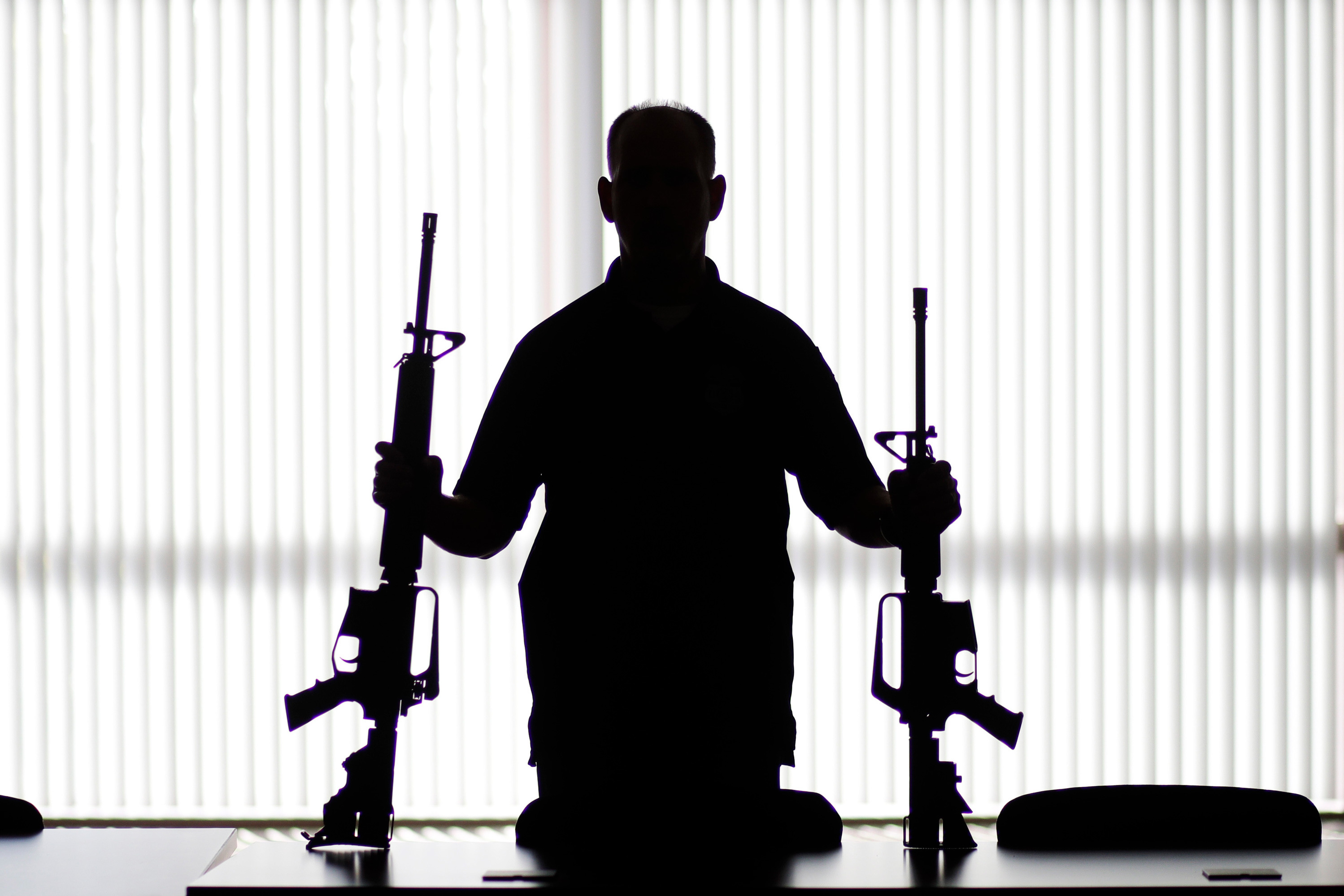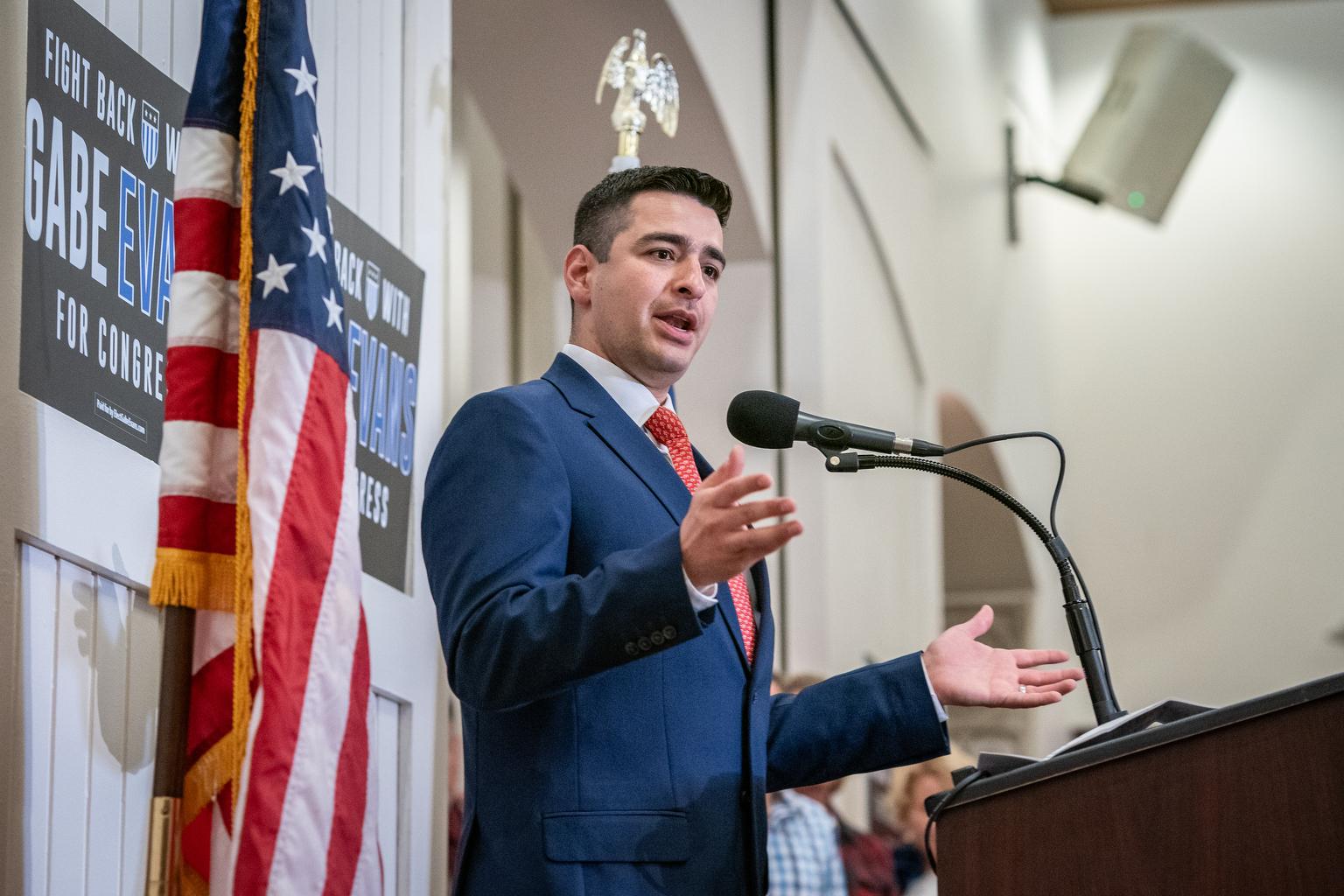
By Jesse Bedayn/Associated Press and Report for America
Colorado Gov. Jared Polis signed a bill Friday banning firearms that are assembled at home or 3D-printed without serial numbers, practices that allowed owners to evade background checks and impede law enforcement's ability to track a gun's origins.
The new law is the latest in a slew of gun control measures signed by Polis this year. The state joins 11 others, including California, New York and Nevada, in regulating the so-called ghost guns, which have been linked to high-profile mass shootings across the U.S.
The use of ghost guns in crimes has risen 1,000 percent since 2017, according to the Bureau of Alcohol, Tobacco, Firearms and Explosives.
A gunman in Sacramento, California, who fatally shot his three adolescent daughters, another adult and himself at a church last year had been barred from owning firearms, but was able to obtain a ghost gun.
In Colorado, the person accused of killing five people at an LGBTQ nightclub in Colorado Springs and another who wounded two administrators at a Denver high school had possessed ghost guns before the killings, according to authorities.
The new law also prohibits everyone but licensed firearm manufacturers from creating firearm frames or receivers, which house internal components. Under a federal gun bill signed by President Joe Biden last year, manufacturers are already required to put serial numbers on those parts.
The Colorado law bans the transport and possession of frames and receivers that don't have serial numbers. The law allows those who currently have ghost guns to get them serialized at a licensed dealership by 2024, though the dealer will be required to run a background check before giving the firearm back.
“Every Coloradan deserves to feel safe in their homes, schools, and communities without fear of gun violence,” Polis said in a statement.
Jesse Bedayn is a corps member for the Associated Press/Report for America Statehouse News Initiative. Report for America is a nonprofit national service program that places journalists in local newsrooms to report on undercovered issues.









